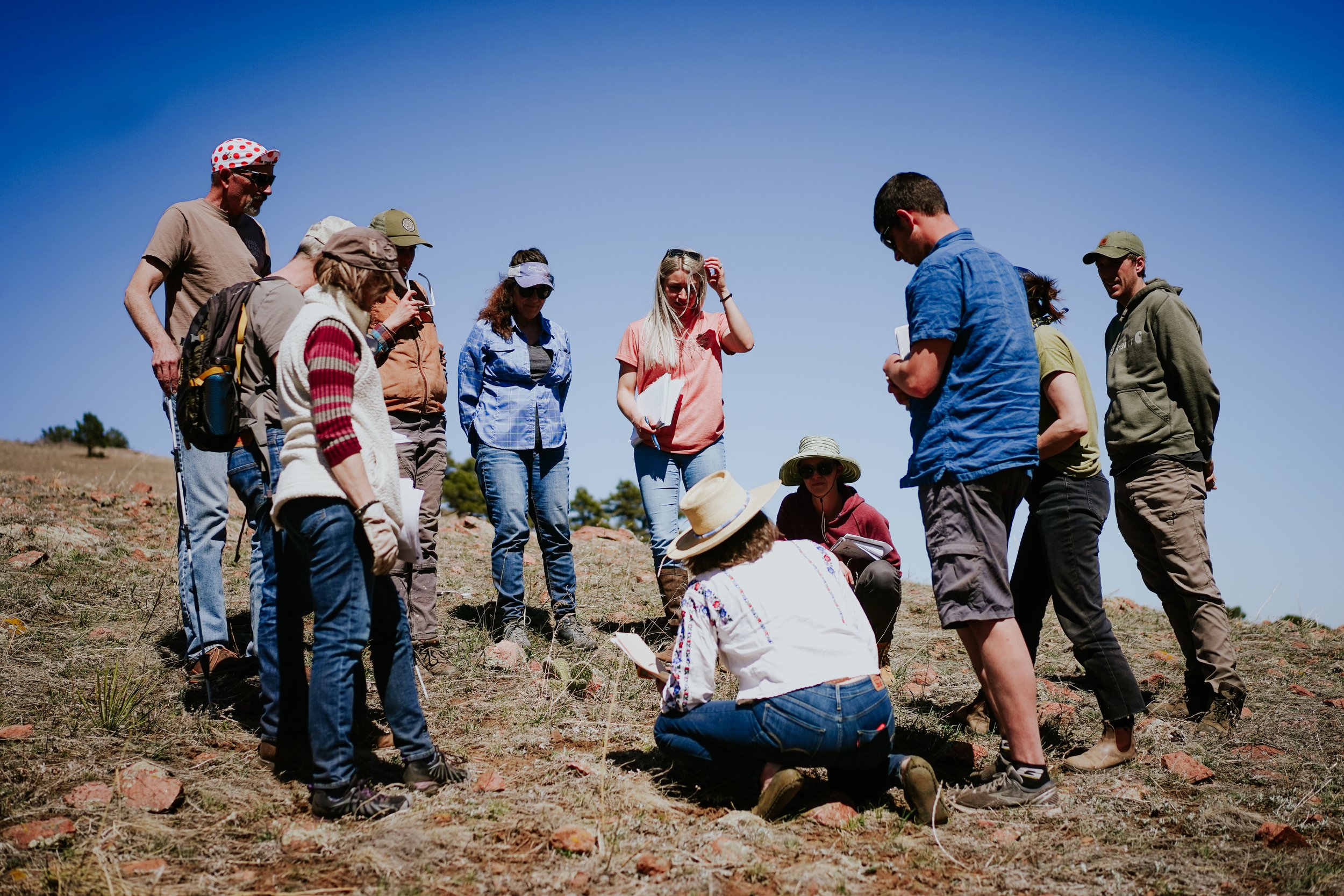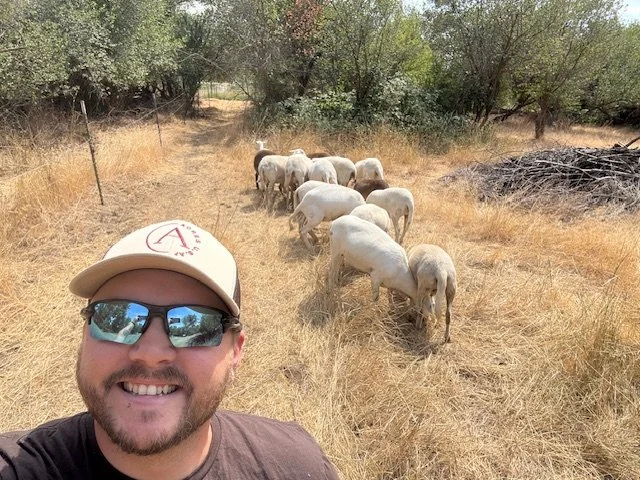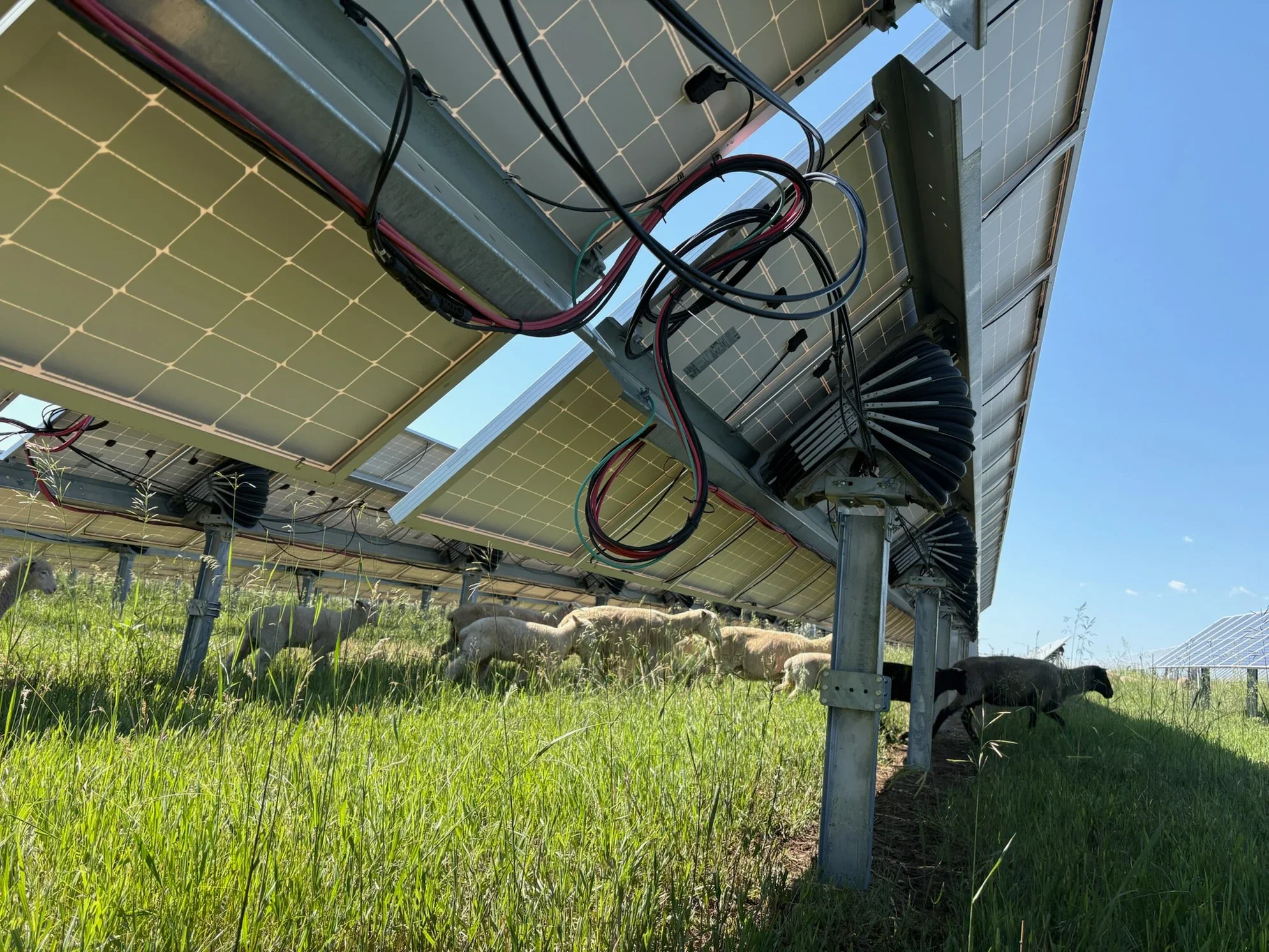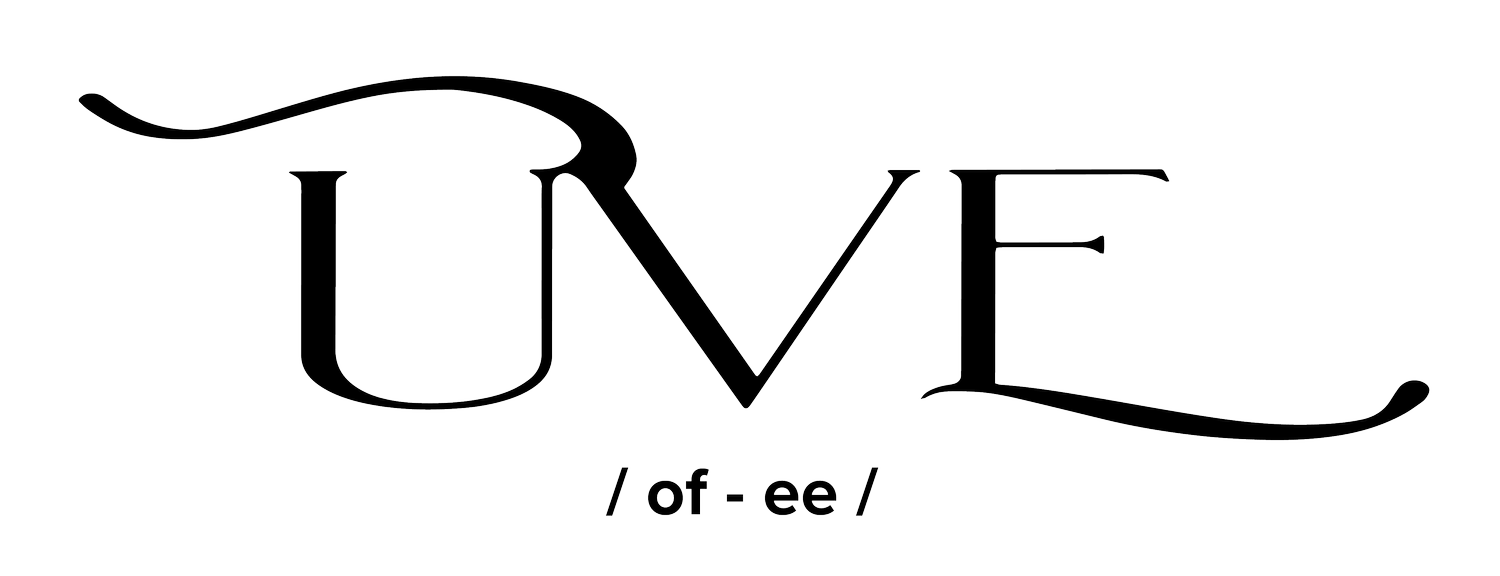
UVE BLOG
Newsletters, Articles, & More
Find our latest news, research, and natural musings
sign up for our newsletter to receive monthly updates

How Regenerative Ranching Can Save Sage Grouse and Salmon
Tony Malmberg spent his life as a rancher.
To do his job well, he told the Statesman Journal in fall of 2024, he also needed to be a poet.
“By poetry, I mean explaining to the environmental community how my being out on the land contributes to their values, whatever that value may be,” said Malmberg, who died in April 2025. "It might be fish in a river, it might be sage grouse, it might be functional ecosystems. Whatever it is, I can explain how my working with livestock contributes to their values on the land.”
Malmberg practiced holistic agriculture for four decades.

A Journey Into Holistic Management at the Africa Centre in Zimbabwe
This summer, I had the privilege of traveling to the Africa Centre for Holistic Management at Dimbangombe Ranch, just outside of Victoria Falls, Zimbabwe. My destination wasn’t just a place; it was an experience, an immersion into ways of thinking about our relationship with land, myself, family, community, and the future of humanity. How do we manage the complexity of it all?
As an Accredited Professional with the Savory Institute, I was there to attend a mastery class on Holistic Management taught by none other than Allan Savory, the pioneering thinker whose work has reshaped how we understand the connection between The Ecosystem, agriculture, and human survival. Guiding us alongside Mr. Savory was Byron Shelton and Jody Butterfield. For five days, I was joined by a diverse group of participants: ranchers, business leaders, educators, financial experts, and others, each bringing unique perspectives and insights to the table. All of us seeking knowledge and understanding. How must we behave now to provide for future generations?

When the Season Slows: Holding Soil and Holding Community
As summer turns to fall, I find myself in that familiar transition between long days in the field and the slower rhythm of winter. This year, that shift feels especially welcome—it’s been a busy stretch of projects that have stretched me in new ways.
At Tiichám Conservation District, our work has centered on soil health, food systems, and water. One of the most exciting steps has been launching a soil health initiative aimed at establishing a baseline for fields across the region. We’ve been field sampling, collating results, and beginning to map out patterns that will help guide future management. Establishing this baseline is critical: it gives us a starting point to measure change over time and, more importantly, a way to track whether our stewardship decisions are truly building resilience for the land and the people who depend on it. Coupled with food system work to increase access to fresh nutrient dense foods, and efforts to ensure water quality, the bigger picture is clear—we’re working toward long-term health at every scale, from soil microbes to community members to the land.

Giving a Dam: A Day of Stewardship and Engagement Restoring Floodplains by Mimicking Beavers
On a lovely day in Oregon’s high desert, as summer was melting into fall, I was fortunate to attend a workshop that brought together land stewards (ranch owners, managers, children, and organization/agency folk) at the working ranch of the Hatfield Hyde Land Trust. Becky and Taylor Hyde’s eastern Oregon ranch exemplifies regenerative land management: a working operation where ecological health, agricultural productivity, and the nurturing of a quality of life within their family go hand in hand. I’ve known Becky for years, meeting her when we were in our twenties, and she was advocating for regenerative agriculture before the term existed. Over the last year and a half, I have had the honor to work with Taylor’s extended family through an UVE engagement. Taylor and Becky’s openness to experimentation, willingness to host hands-on learning in the field, and genuine care for soil, water, plants, animals, and place set a powerful tone for the day.

OBSERVING ORANGE SHIRT DAY AT UVE
Each year, UVE observes September 30, Orange Shirt Day, as an organizational holiday. On this day, and throughout the year, we work to be allies to our Indigenous neighbors. Orange Shirt Day, formally known as Truth and Reconciliation Day (T&R Day), began as a Canadian memorial day of recognition of the atrocities inflicted on children at Indian Residential Schools across Canada.
The multi-generational trauma of children stolen, children never returning home, happened in the United States too, and we honor survivors of, and those impacted by, attempted erasure of a people through the most horrific and cruel means: the abuse and murder of children.

Integration as a Pathway to Empowerment - Meet Longroots Ranch
When Peter and Virginia Sargent stepped into regenerative agriculture, they weren’t just starting a business—they were stepping into a life that reflected who they wanted to be. They dreamed of raising their children close to the land, of taking on climate action not only through policy but through the mindful stewardship of the soil beneath their feet. Every decision, every chore, every season was a chance to integrate family, work, and purpose—a counterpoint to a society that often asks us to compartmentalize.
Both came to this work from outside traditional agricultural paradigms: Peter from climate studies, Virginia from law and ecology. Years spent as organizers left them disillusioned by how quickly policy progress could unravel and the toll of city life behind a screen. Working with animals on the land offered a different path—one where change was tangible, immediate, and intertwined with the rhythms of life they longed for.

What is Bart?
As UVE’s 2025 EOV season comes to an end, our EOV crew is reflecting on all the miles traveled, landbases surveyed, land steward conversations, and the unexpected challenges we were able to overcome. Monitors Rachel Lohof Larsen, Sarah Choi, Megan Weeber, Chris Hart, Dylan Boeken, West Lambert, Spencer Tregilgas, Turie Norman, and Madison Throop performed Ecological Outcome Verification (EOV) monitoring on 45 landbases, in 7 states, covering over 500,000 acres. To be able to complete this amount of work within the span of a few months requires amazing teamwork, stamina, perseverance, a good sense of humor, and a piece of technology known as Bart.

Home on the range: why ruminants and native grasses might be key to California’s future
This article is a gift from the talented UK journalist Marianne Landzettel. She traveled to the San Joaquin Valley last year to profile the place, its challenges, people and hope. We, at UVE, share a love for this valley that (who) deserves so much better than the way we have treated it (her). We are grateful for the time, care and talent Marianne dedicated to this place that is the source of food for so many. -Abbey
“Food grows where water flows” is a slogan you come across frequently in California’s Central Valley. There are few regions in the world where as much food can be grown as here. Out of the 10 US counties with the highest agricultural production (according to value), nine are in California. The top three, Fresno, Kern, and Tulare County are in the San Joaquin Valley, the southern part of the Central Valley.

